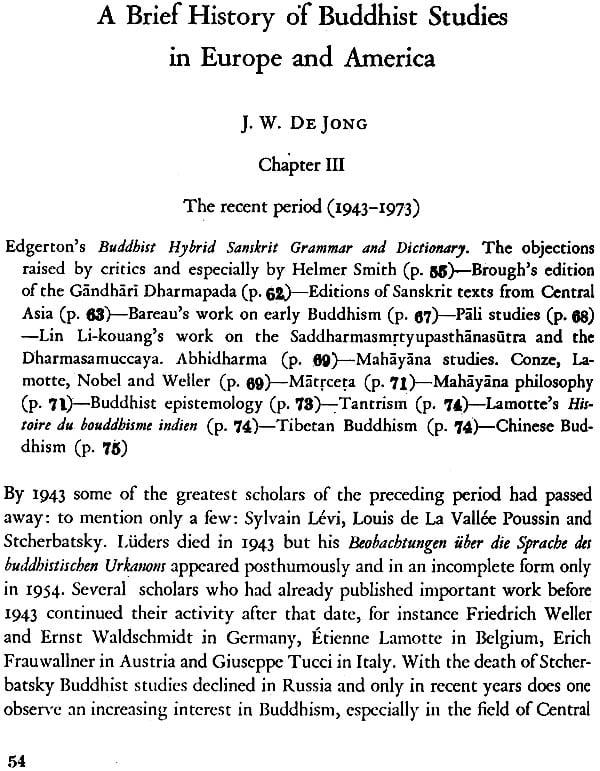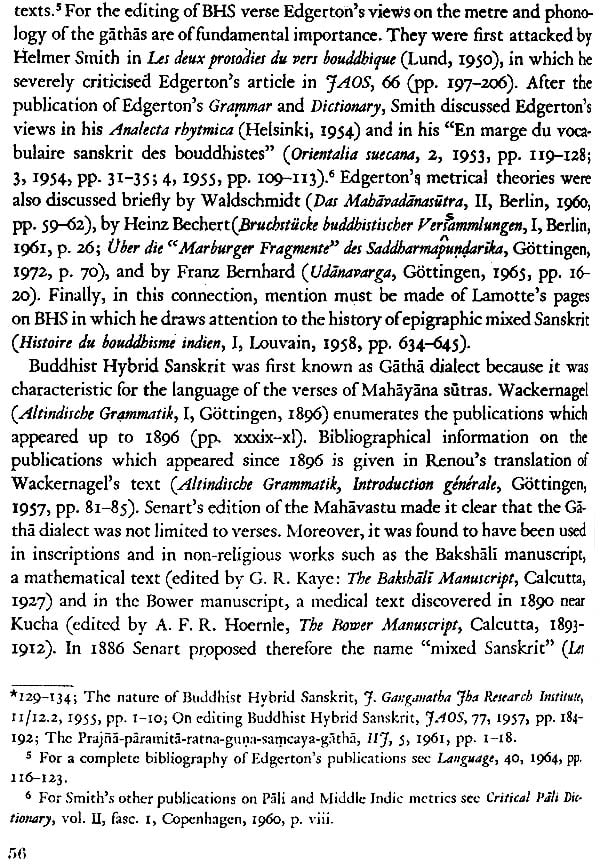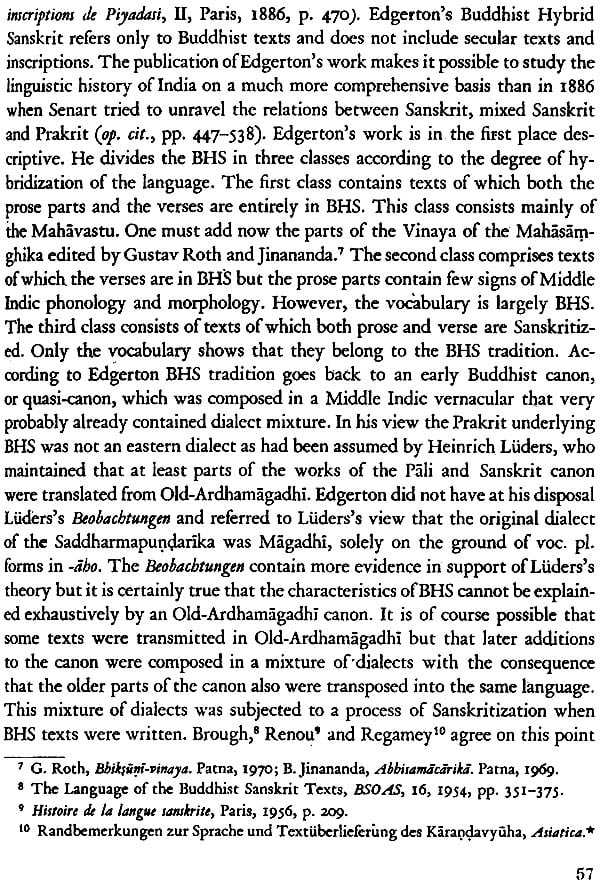
A Brief History of Buddhist Studies in Europe and America
Book Specification
| Item Code: | NAL233 |
| Author: | J.W. De Jong |
| Publisher: | Sri Satguru Publications |
| Language: | English |
| Edition: | 2015 |
| ISBN: | 8170300231 |
| Pages: | 100 |
| Cover: | Hardcover |
| Other Details | 8.5 inch x 5.5 inch |
| Weight | 230 gm |
Book Description
THERE seems to be little necessity to justify an attempt to sketch briefly the history ofBudd.hist studies. There is an abundance of material available in the writings of scholars, but no single work has yet been devoted to a systematic study of the history of Buddhist studies. Windisch's unfinished work contains much information on Buddhist studies in Europe in the first half of the nineteenth century,' but very little on the following decennia. Henri de Lubac, a Jesuit father, has written a book on the meeting of Buddhism and the West. He is more interested in the reaction of the Western world to Buddhist ideas than in the history of Buddhist studies. The most important chapter of his book for Buddhist scholars is the one which deals with the information on Buddhism which can be found in the writings of missionaries in the 16th, 17th and 18th centuries. A recent work on Buddhist Nirpana and Its Western Interpreter by G. R. Welbont attempts to show how Western- scholars have explained the meaning of Nirvana. The usefulness of his book is diminished by the fact that the author was not sufficiently equipped for this difficult task." Apart from these three books there are of course many other publications which contain useful information. The most important-will be mentioned in due course.
The first chapter deals very briefly with the period up to about 1825. Although important work had been done before that date, it mostly remained unpublished and became known much later. More will be said in this chapter about the period 1826-1877, in which\ Eugene Burnouf is the dominating figure. The second chapter begins in 1877 and ends about 1942. This period witnesses the work of such great scholars as Sylvain Levi, Louis de La Vallee Poussin, Hermann Oldenberg, Th. Stcherbatsky and the Rhys Davidscs. The third chapter deals with the most recent period, whereas the final chapter sketches some of the tasks which will require the attention of scholars in coming years.
In this brief sketch it is of course impossible to deal adequately with all aspects of Buddhist studies. The main emphasis has been put on philological studies. From a geographic point of view India is the principal country dealt with but developments in the Theravada countries and in China and Tibet have not been entirely neglected. No attempt has been made to include studies on Japanese Buddhism and the history of Japanese Buddhist studies. This is a topic which can only be adequately treated by Japanese scholars.
| Foreword | 1 | |
| Abbreviations | 3 | |
| Chapter I | The early period (300 B. C.-IS77) | 5 |
| Chapter II | The middle period (1877-1942) | 23 |
| Chapter III | The recent period (1943-1973) | 54 |
| Chapter IV | Future perspectives | 75 |
| Index I | Names of Scholars | 89 |
| Index II | Titles of Texts | 92 |









